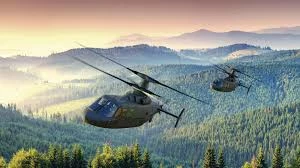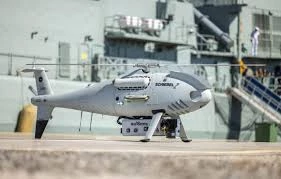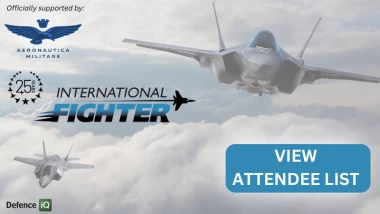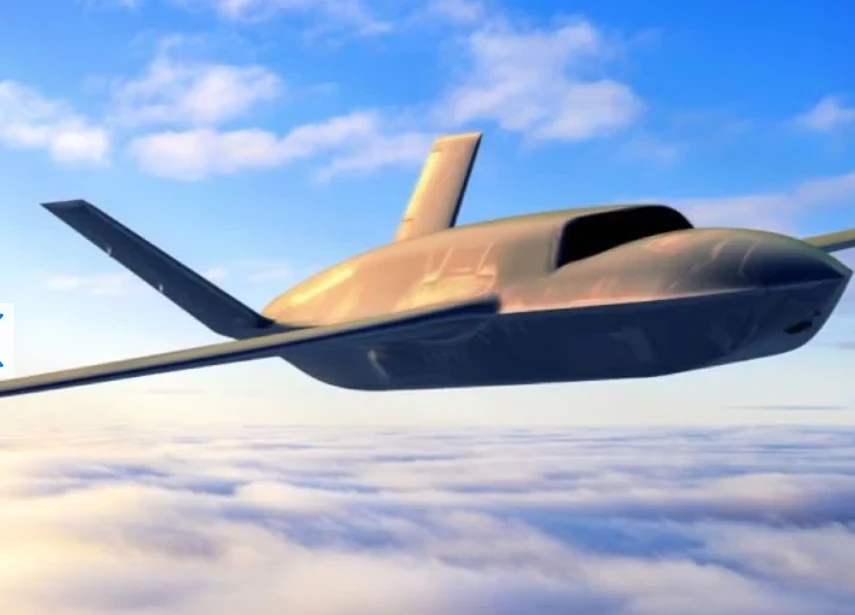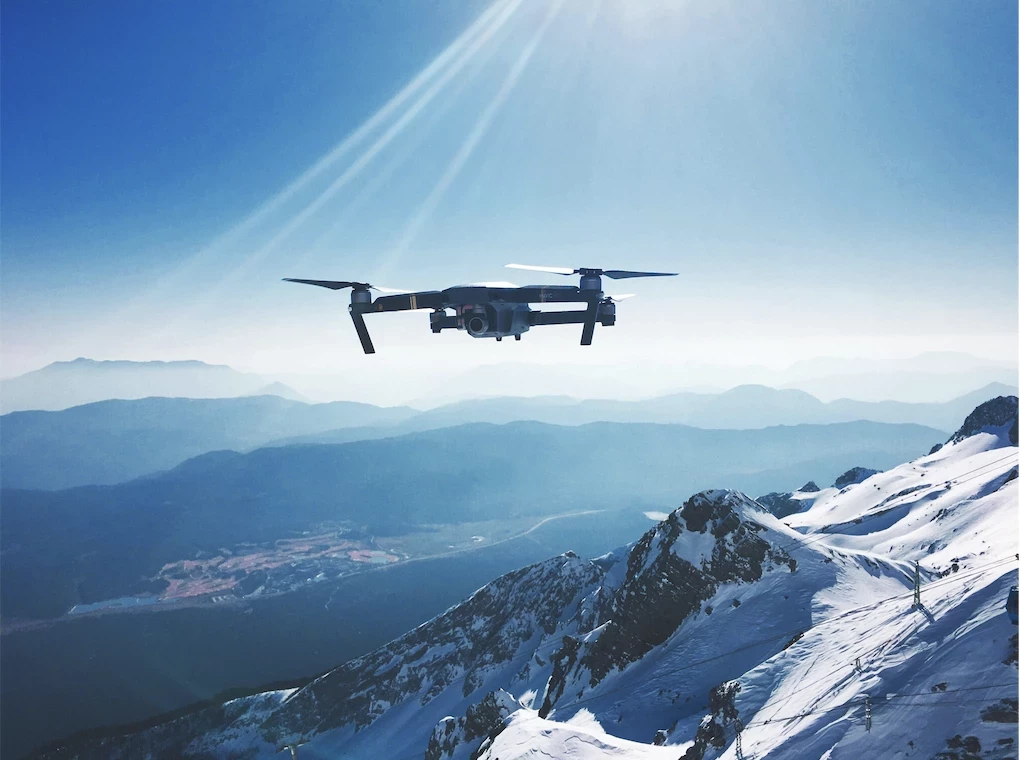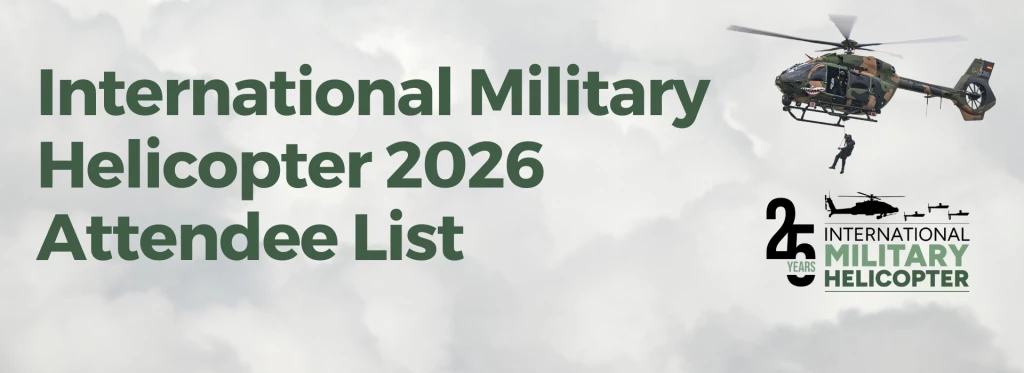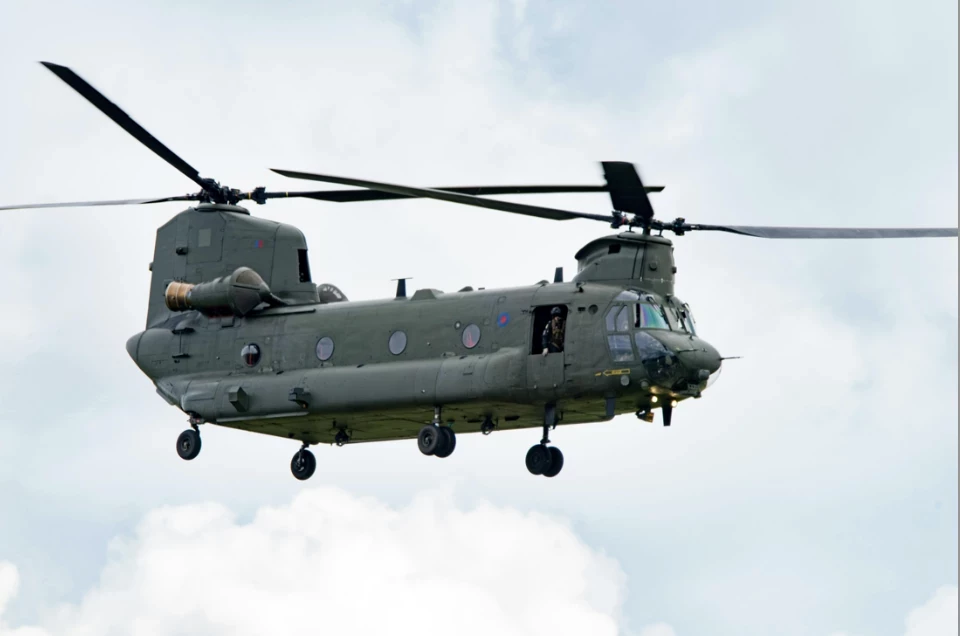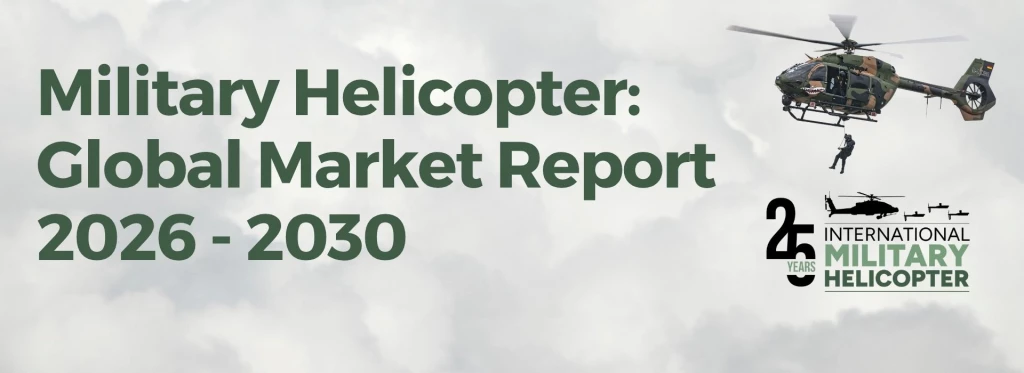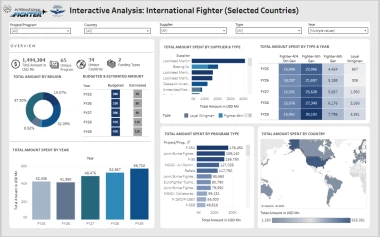Inside the Israeli Air Force Mission Training Center
The MTC allows crews to train for fighter aircraft operated by the IAF, such as the F-16 C/D , F-16 I, and F-15 C/D and F-15 I
Add bookmarkThe IAF connected simulators facility
The canopy of an Israeli airforce (IAF) F-15 detached when the aircraft was at 30.000 feet. The pilot and weapon systems operator brought the damaged aircraft to a safe landing in a base in southern Israel. This happened after being exposed to extreme temperatures.
Lt. Col R. Commander of the IAF’s connected simulators squadron was clear when I asked him about the possible outcomes of losing the canopy, “they knew exactly what to do and that is because they are trained again and again, in our advanced simulators.”
During a rare visit to the IAF’ connected simulators facility in the Hatzor Airbase, I saw first-hand the uniqueness of the squadron that has a major role in training IAF combat pilots to be amongst the best in the world.
M-346 Simulators. Source: Elbit
They had built the mission training station in 2010, after the IAF decided it to concentrate all the combat simulators in one place.
“We have here two types of simulators one that helps the pilots to learn about the aircraft they fly and a mission simulator.”
"They had built the mission training station in 2010, after the IAF decided it to concentrate all the combat simulators in one place."
Each of the IAF’s fighter aircraft has a dedicated simulator - F-15 C, F-15 I and F-16 and F-16 I.
Read: VBS STE: The future of simulated training
The simulator is a copy of a real cockpit which is placed within a large dome. The single simulators are operated in front of a 180° picture projected on the dome, while the connected simulators - which simulate real combat missions - are operated in a 360° video dome.
The combat pilots train in the simulator center immediately after they finish their initial training and are assigned to their specific squadrons.
“There are situations that cannot be simulated in real flying, “said Lt. Col. R.
The IAF has performed hundreds of operational combat missions in neighbouring countries like Syria and Lebanon, and in some distant ones, relying on a major infrastructure of simulators to train the pilots and prepare them for specific missions.
A full squadron arrives at the centre regularly for training. The training instructors, women in their 20's in their compulsory army service, operate the simulation "These are the creme de la creme, and they have a major contribution to the success of the stimulation.”
Training a simulator instructor takes eight months, and therefore they have to sign to serve for two years, which is eight months longer than the normal service period.
Lt. Colonel R. said that the connected simulators save at least 14% of flight hours, and in an airforce that is flying 24/7 this is a big money saver.
"The training instructors, women in their 20s in their compulsory army service, operate the simulation"
"The simulator instructors are responsible for the future of the IAF's preparedness,", said Brig. Gen. Amnon Ein-Dar, Head of Training & Doctrine Division. "Aviation is dangerous and expensive and putting work into the field of simulators and increasing the scope of the force's simulative training is the direction we're headed in. Advanced technology and high-quality personnel will help us get very far."
Read: BISim on how simulated training is shaping future soldiers
Last year, the IAF held tens of thousands of sorties in the IAF's simulator centres. Each simulator center trains thousands of aircrew members, RPAV (Remotely Piloted Aerial Vehicle) operators, air traffic controllers and air defence combatants, among others.
Even still, the Mission Training Center (MTC) was upgraded last year to enable F-15 pilots to use it. Prior to this upgrade, the MTC could be used only by F-16 pilots.
The upgrade now allows F-15 pilots and weapon systems operators to train in very realistic conditions.
The "Baz" (F-15) and "Ra'am" (F-15I) fighter aircraft integration process into the big simulation center was led by the IAF's Flight Test Squadron.
The integration was a natural decision as the IAF sees the F-15' as its main tool, to fulfil a capability to strike targets that are not in neighbouring countries.
Therefore, the IAF may delay the acquisition of a third Lockheed Martin F-35 Squadron in favour of a fast purchase of additional new versions of the F-15.
In recent deliberations within the IAF's high command, the leading direction was clear - prioritise the purchase of additional F-15's while delaying the purchase of a third F-35 Squadron.
According to sources close to the issue, while the F-35 can perform best when its stealth feature is essential, in later phases of combat, the need is for other aircraft, with advanced avionics that can operate in conjunction with the F-35 and carry heavy loads of weapons.
Read: Swedish Army training acquisitions: Manpack 300 systems
According to Tal Levy, Senior Director fighter & rotary training solutions, in Elbit Systems, the MTC comprises 8 simulation stations from the "Blue" squadron and another 2 for the "Red" one that is simulating the enemy.
"The Current combat scenarios are very complicated, with many aircraft and weapon systems in the air and on the ground. This brought us to create the highest level of simulation in the MTC."
The Elbit official added that the MTC saves a lot of flying hours "but on top, this unique simulator enables the ability to simulate scenarios that are not possible in real flying."
The MTC allows crews to train for fighter aircraft operated by the IAF, such as the F-16 C/D, F-16 I, and F-15 C/D and F-15 I "The cockpit of each version is built with attention to each specific system in it."
The different simulation cockpits are rolled in and out according to the specific training session.
Levy added that the MTC is based on a very advanced "arena generator" that is being updated continuously according to the enemy, capabilities, and threats by him.












